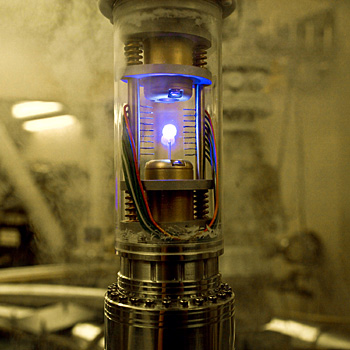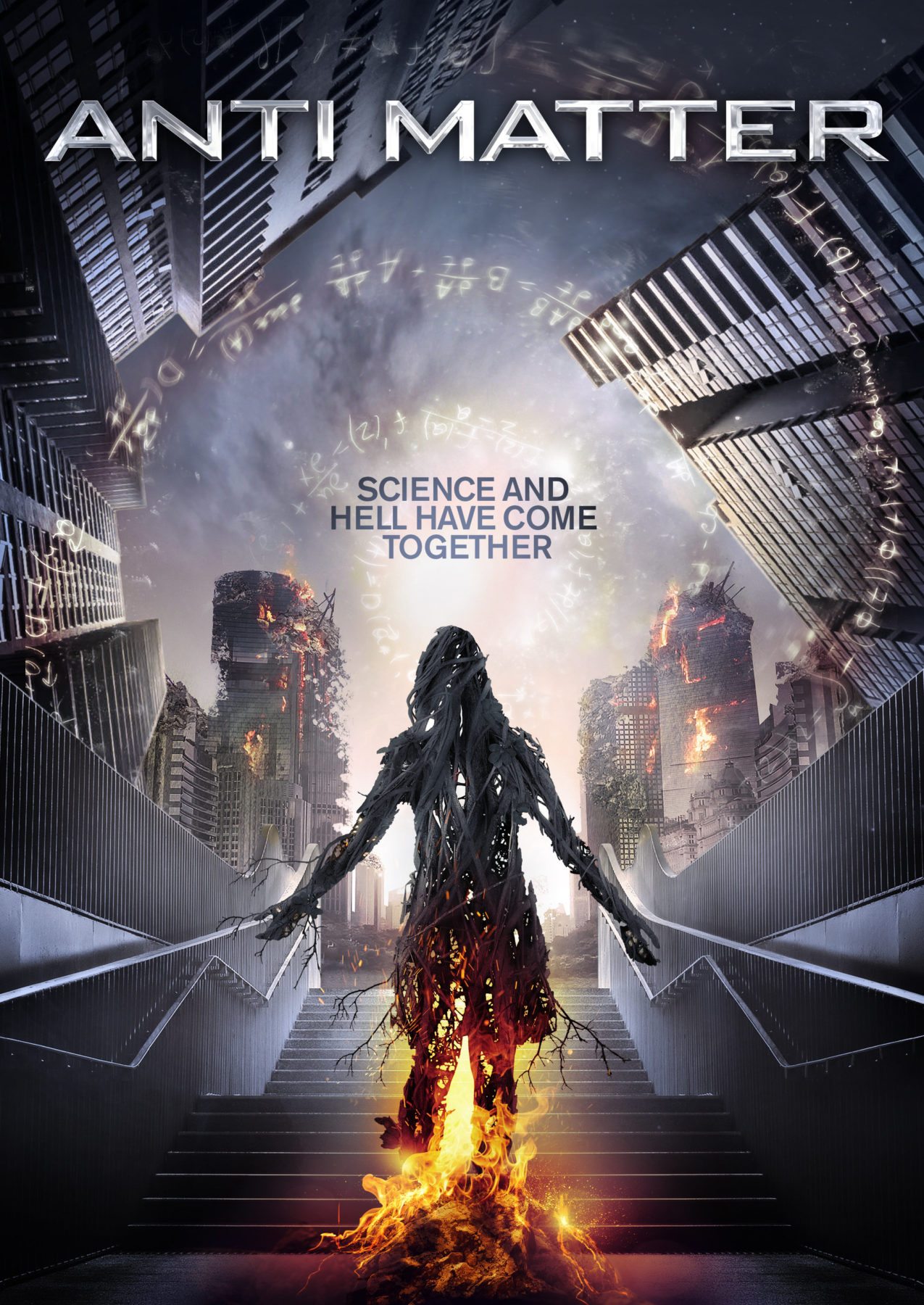
Illustrations by Sandbox Studio, Chicago with Ana Kova 7. Antiprotons have been found in zones around the Earth called Van Allen radiation belts. The particle gets stuck in the area with the weakest magnetic field, much like a marble rolling around the bottom of a bowl.Įarth’s magnetic field can also act as a sort of antimatter trap. Instead, they are held in Ioffe traps, which work by creating a region of space where the magnetic field gets larger in all directions. Because they have no charge, these particles cannot be confined by electric fields. Inside, particles spiral around as the magnetic and electric fields keep them from colliding with the walls of the trap.īut Penning traps won’t work on neutral particles such as antihydrogen. These are comparable to tiny accelerators.

Scientists have created ways to do just that.Ĭharged antimatter particles such as positrons and antiprotons can be held in devices called Penning traps. To study antimatter, you need to prevent it from annihilating with matter. There is such a thing as an antimatter trap. Illustrations by Sandbox Studio, Chicago with Ana Kova 4. Antimatter annihilates immediately on contact with matter, so these antimatter particles are very short-lived. Our bodies also contain potassium-40, which means positrons are being emitted from you, too. As potassium-40 decays, it occasionally spits out a positron in the process. This occurs because bananas contain a small amount of potassium-40, a naturally occurring isotope of potassium.


For example, bananas produce antimatter, releasing one positron-the antimatter equivalent of an electron-about every 75 minutes. Scientists have also seen evidence of antimatter production above thunderstorms.īut other antimatter sources are even closer to home. These antimatter particles reach our atmosphere at a rate ranging from less than one per square meter to more than 100 per square meter. Small amounts of antimatter constantly rain down on the Earth in the form of cosmic rays, energetic particles from space. Antimatter is closer to you than you think. Illustrations by Sandbox Studio, Chicago with Ana Kova 2.


 0 kommentar(er)
0 kommentar(er)
